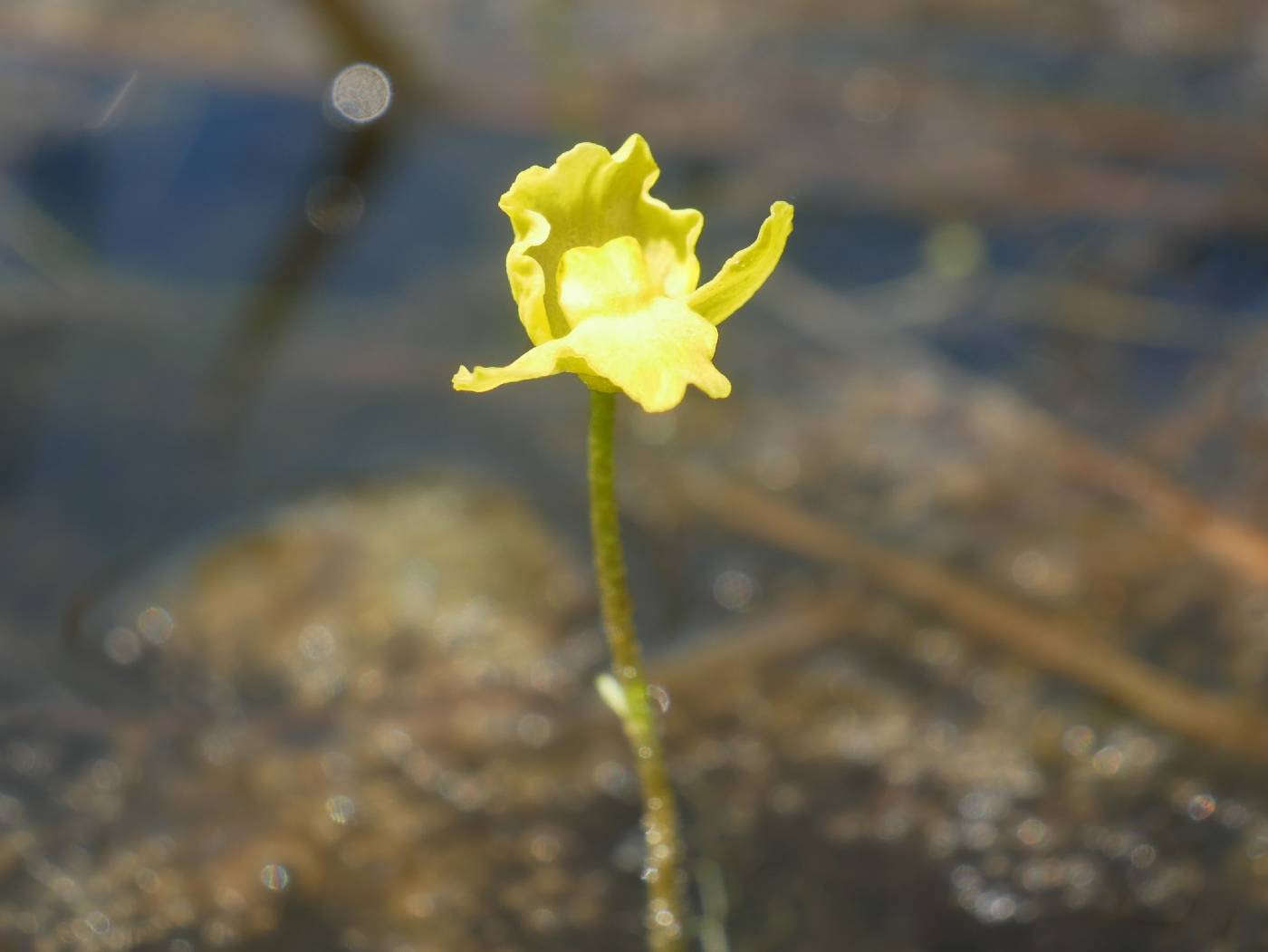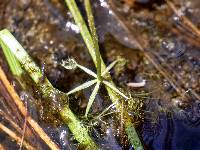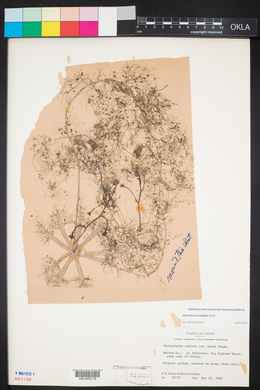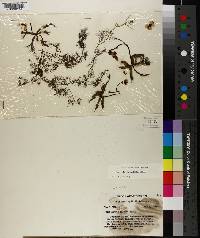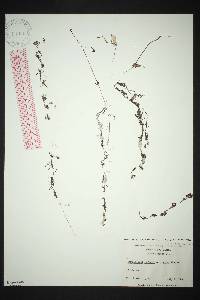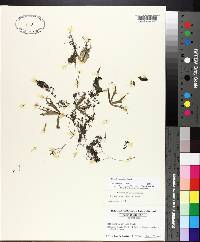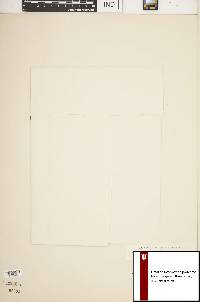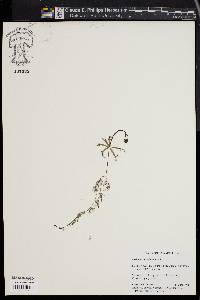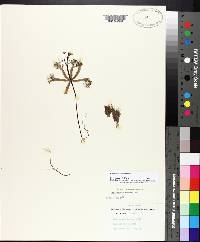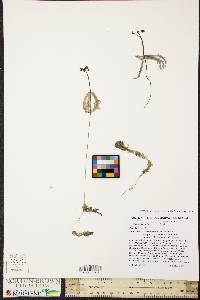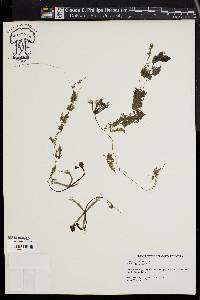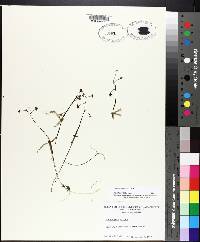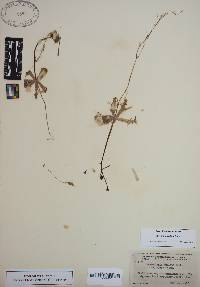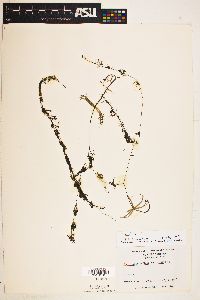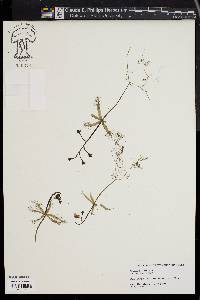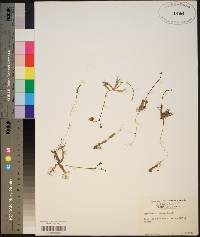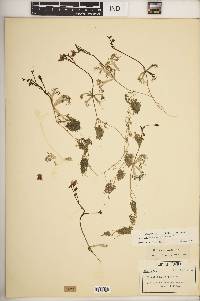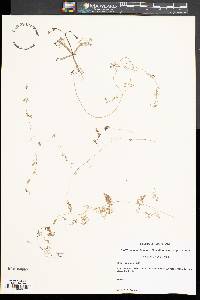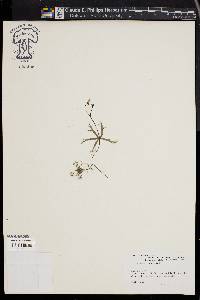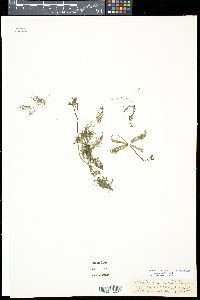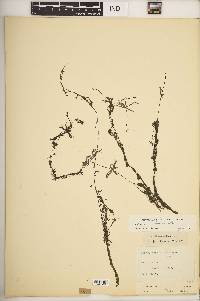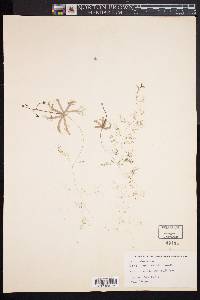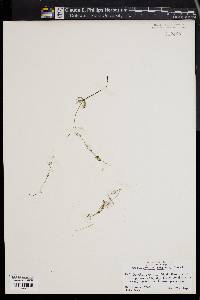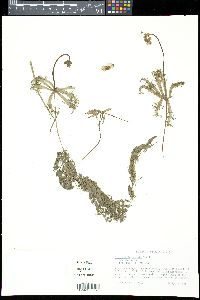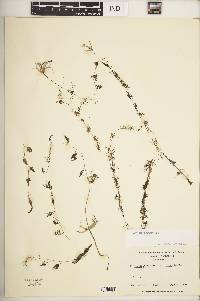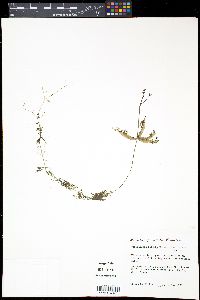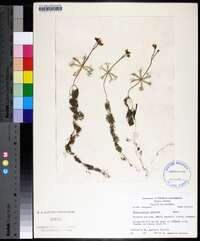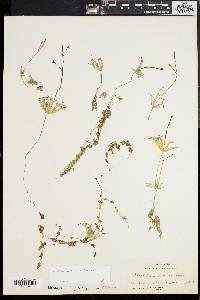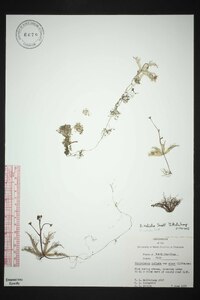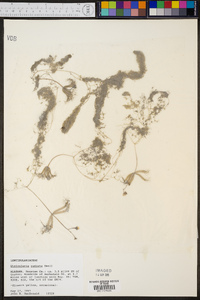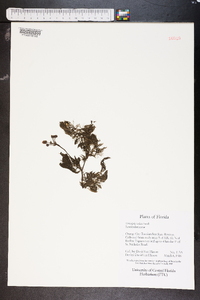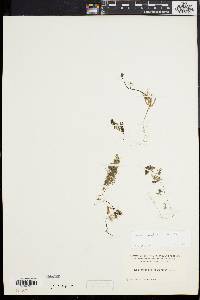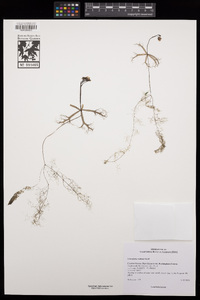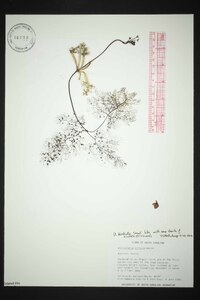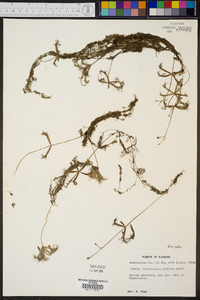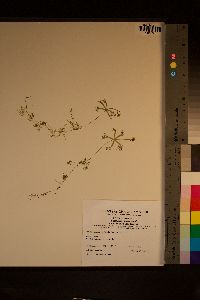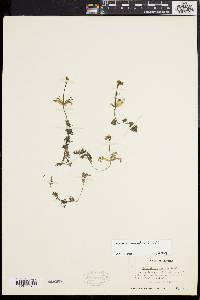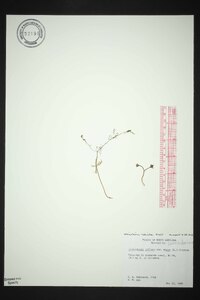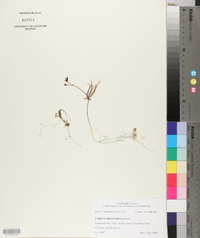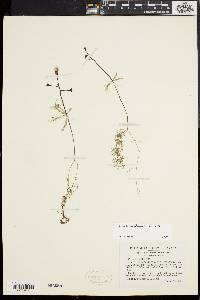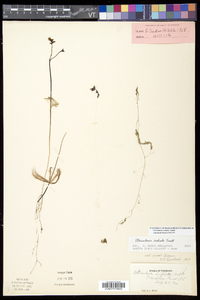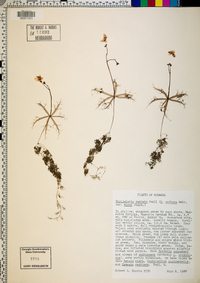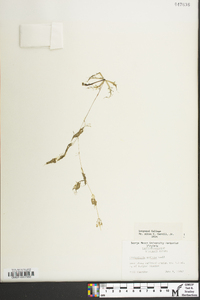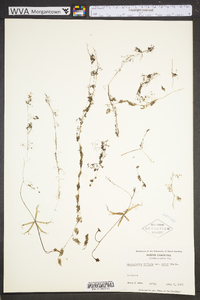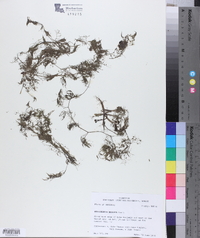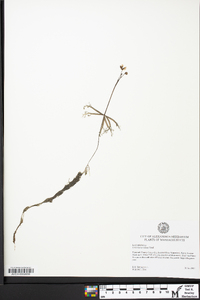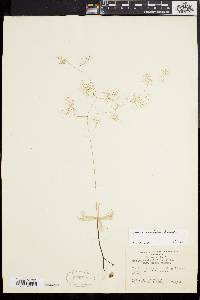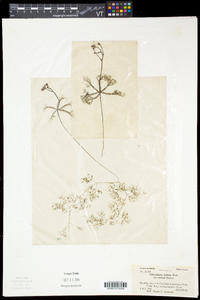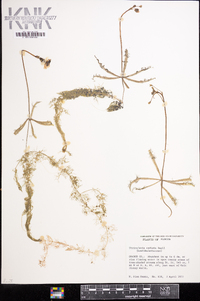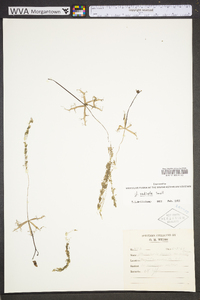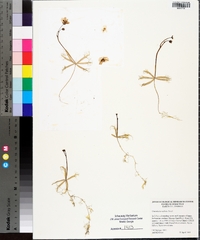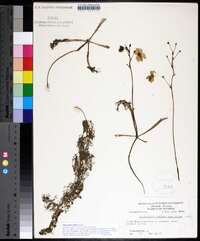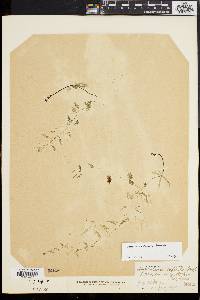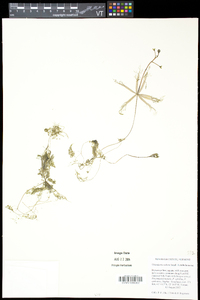Utricularia radiata
|
|
|
|
Family: Lentibulariaceae
Little Floating Bladderwort
|
Annual or perennial herb 3 - 5 cm tall Stem: submersed, elongated. Flowers: usually borne three to five on a stalk (scape), subtended by bracts, yellow petals two-lipped with upper lip almost as large as the uninflated part of the 8 - 10 mm lower lip, lower lip usually shallowly three-lobed with a small two-lobed projection at the center. The spur (extended sac at base of petals) is shorter than and pressed against the lower lip. Fruit: a two-valved capsule containing small seeds. Lower leaves: alternate, 3 cm long, branched into very slender segments with attached bladders. Upper leaves: borne about half way up the flower stalk (scape) in whorls of four to seven (6 - 8 cm across), each leaf with an inflated petiole, finely dissected into segments at the tip. Similar species: Utricularia intermedia, Utricularia minor, Utricularia macrorhiza, Utricularia gibba, and Utricularia geminiscapa are other aquatic or amphibious Utricularia species with dissected leaves. However, the flower stalks of these species do not have a whorl of leaves with inflated petioles. Flowering: late June to mid September Habitat and ecology: Infrequently found in wet ditches or flat areas of the Chicago Region. This species is common in roadside ditches along the Atlantic and Gulf Coasts. Occurence in the Chicago region: native Etymology: Utricularia comes from the Latin word utriculus, meaning "a small bottle."This refers to the insect-trapping bladders on the leaves and runners of the bladderworts. Radiata means "with rays." Author: The Morton Arboretum Stems elongate, submersed; lower lvs alternate, 3 cm, repeatedly dichotomous into filiform segments, each bearing bladders; uppermost lvs subtending the peduncle in whorls of 4-7, the rachis of each 1-4 cm, inflated, usually thickest at or below the middle, bearing at the tip a series of finely dissected branches; peduncles 3-5 cm; bracts 2-3 mm, at least as wide as long, sometimes lobed; lower pedicels 1-2 cm; fls (1-)3-5(-7), yellow; sep 3-4 mm; upper cor-lip subrotund; lower lip subrotund, 8-10 mm, shallowly 3-lobed, with a prominent small palate; spur shorter than and appressed to the lower lip; 2n=28. Ponds along or near the coastal plain; Me. to Fla. and Tex.; nw. Ind. May-Aug. (U. inflata var. minor) Gleason, Henry A. & Cronquist, Arthur J. 1991. Manual of vascular plants of northeastern United States and adjacent Canada. lxxv + 910 pp. ©The New York Botanical Garden. All rights reserved. Used by permission. From Flora of Indiana (1940) by Charles C. Deam This species was first found August 10, 1924, by Winona Welch in Walker Township of Jasper County, in a roadside ditch through the old basin of Clear Lake about 3 miles south of Tefft. I found it at the same place in 1937. This is another of the Coastal Plain species found in this immediate vicinity and the record is added evidence of the migration of plants through the Mississippi and Kankakee River Valleys. …… Indiana Coefficient of Conservatism: C = 10 Wetland Indicator Status: OBL |

